An indwelling catheter (also know as a Foley catheter, because that is the type most often used) is a catheter that stays inside the body during its use. This is how it differs from external catheters (such as condom catheters or female external catheters), which remain completely outside the body, or intermittent catheters, which are only inserted when the bladder needs to be emptied. Indwelling catheters should only be inserted by a medical professional.
How Does an Indwelling Catheter Work?
An indwelling catheter a hollow, flexible tube that constantly drains urine from the bladder where it is stored. It may be used by individuals who have had surgery in the pelvic area, those who are recuperating from a trauma or surgery that prevents bedpan use, or by those who have a condition that makes urination difficult. Medical conditions that may require a Foley catheter include:
- A condition affecting the nerves that control the bladder, such as spina bifida, multiple sclerosis (MS), stroke or spinal cord injury (SCI)
- A chronic debilitating or terminal illness with loss of mobility or sufficient awareness to be able to use a toilet or commode
- Surgery in the genital area, such as hip surgery, prostate surgery or hysterectomy
- Childbirth, particularly if a c-section or epidural occurs
As noted above, indwelling catheters may be used for both short term reasons and/or long-term ones.
The indwelling catheter is placed into the bladder through the urethra, the opening through which urine passes. Indwelling catheters stay in place by using a balloon. Once the catheter is inserted, a balloon is inflated inside the bladder using sterile water. The balloon size is either five mm or 10 mm (most often five). When the catheter is in place, urine should start flowing to a bag, usually connected to a drainage bag or a leg bag. It is imperative that the bag always be kept lower than the bladder to ensure that the bladder is being drained. Catheters may either be inserted through the urethra, or, in some cases, a surgical opening made by a healthcare professional from the abdominal surface to the bladder.
In order to collect the urine that drains through the catheter, the catheter is connected to a bag. This may either be a larger drainage bag that is secured to a chair, bed or other structure, or a smaller leg bag secured underneath your clothing. Larger bags are preferred for nighttime use, while smaller, discreet leg bags are more common during the day.
Generally, an individual with an indwelling catheter should have two bags of each type handy: leg and bedside drainage. This allows for a rotation of bags during cleaning periods and/or an extra bag in case of damage.
There are more risks associated with using an indwelling catheter than there are with using an intermittent or external catheter. Anything that stays in the body is prone to infection, and catheter associated urinary tract infections (CAUTI) can be common if the Foley catheter is used improperly.
For more information, see related articles and resources here:
- Appropriate and Inappropriate Use of Indwelling Urethral Catheterization (IUC)
- How to Insert and Secure an Indwelling Urinary Catheter
- CAUTI Infographic: Catheter Associated Urinary Tract Infection
- Video & Slides: Troubleshooting Issues with Catheters Webinar
- Preventing Catheter Associated UTIs (CAUTI) Webinar Video/Slides









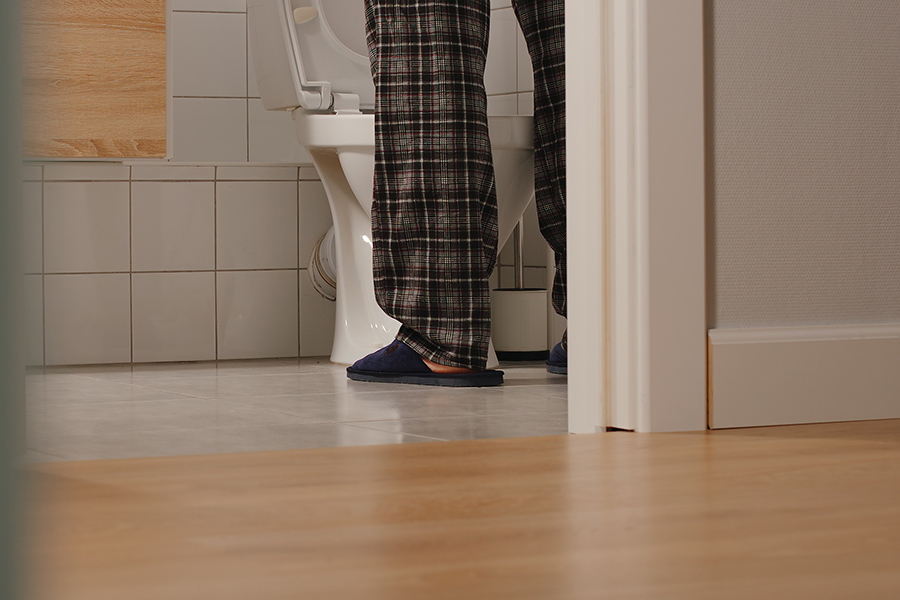




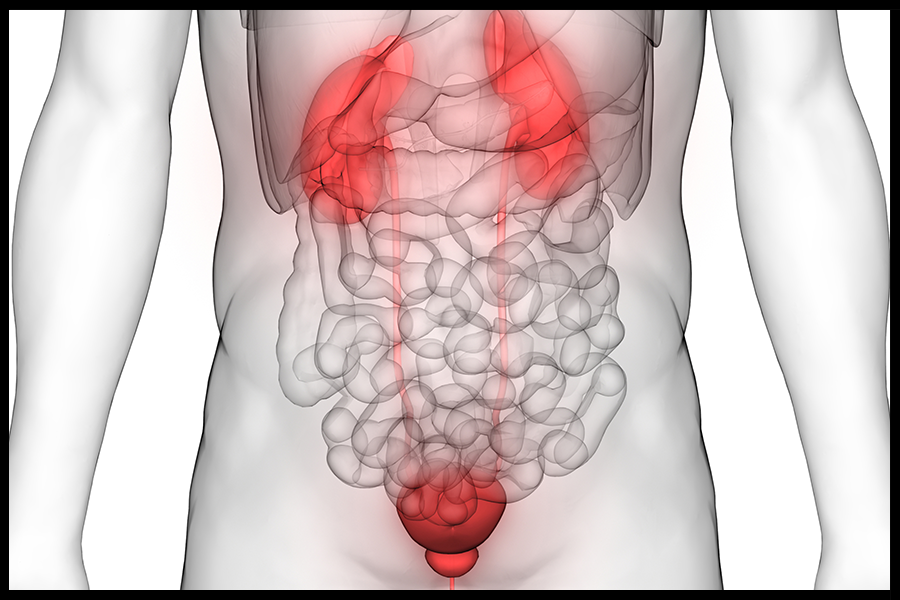
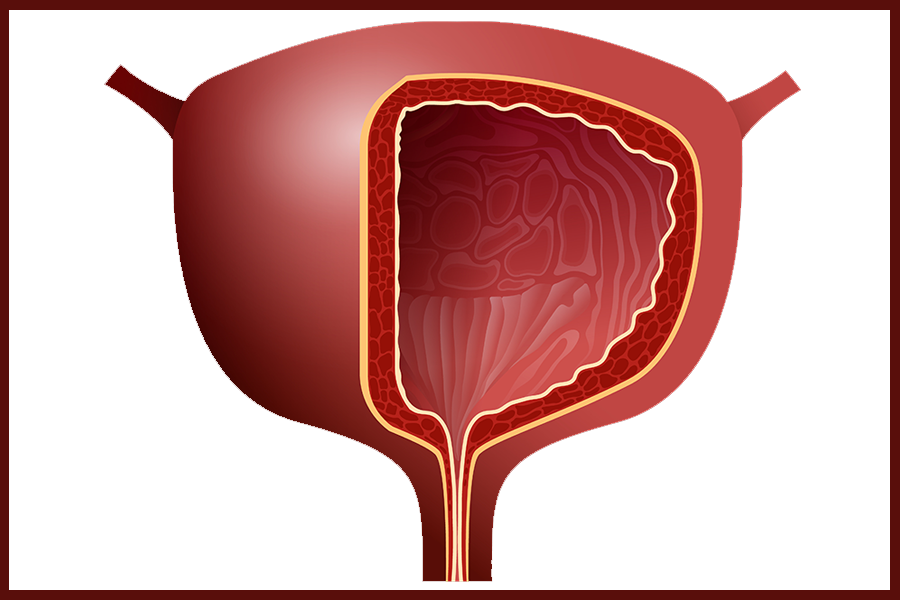

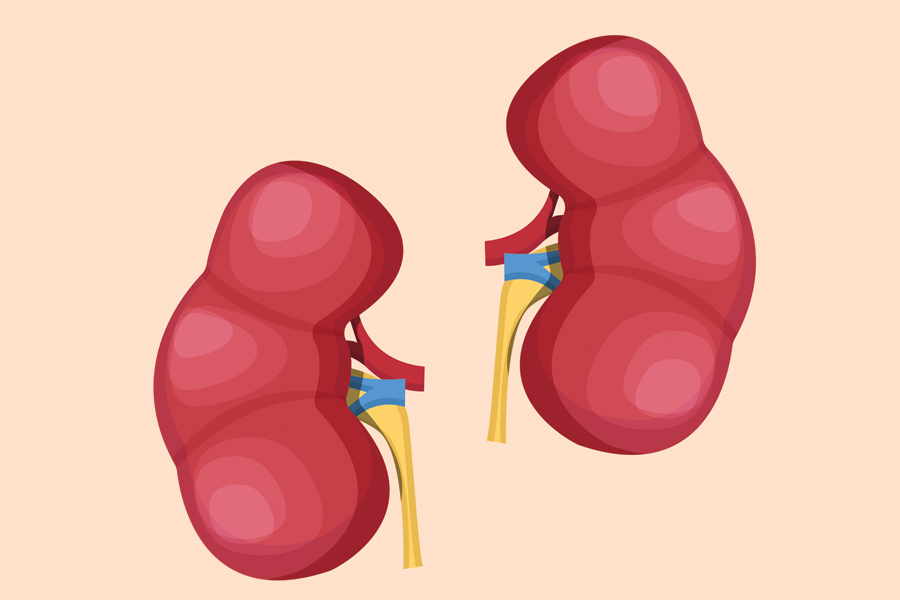
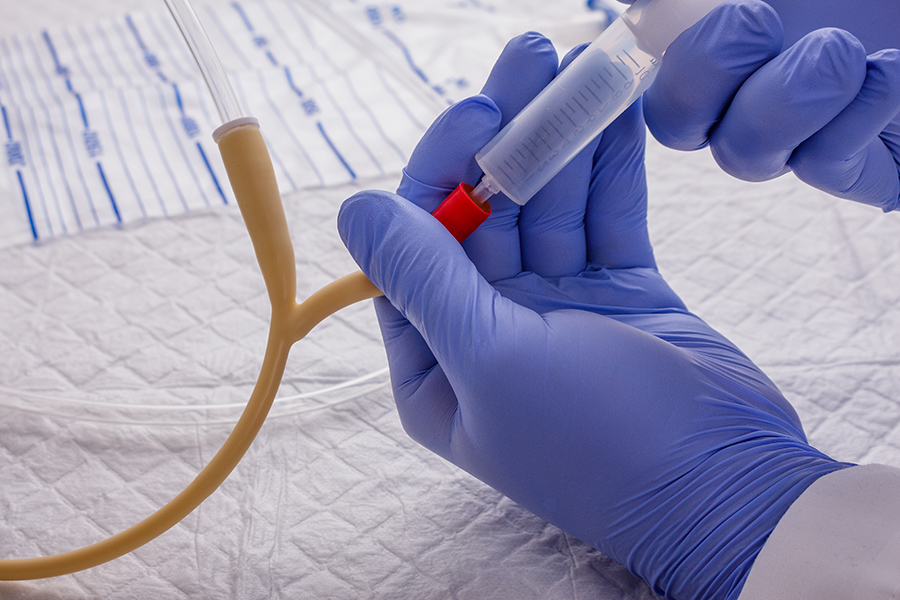

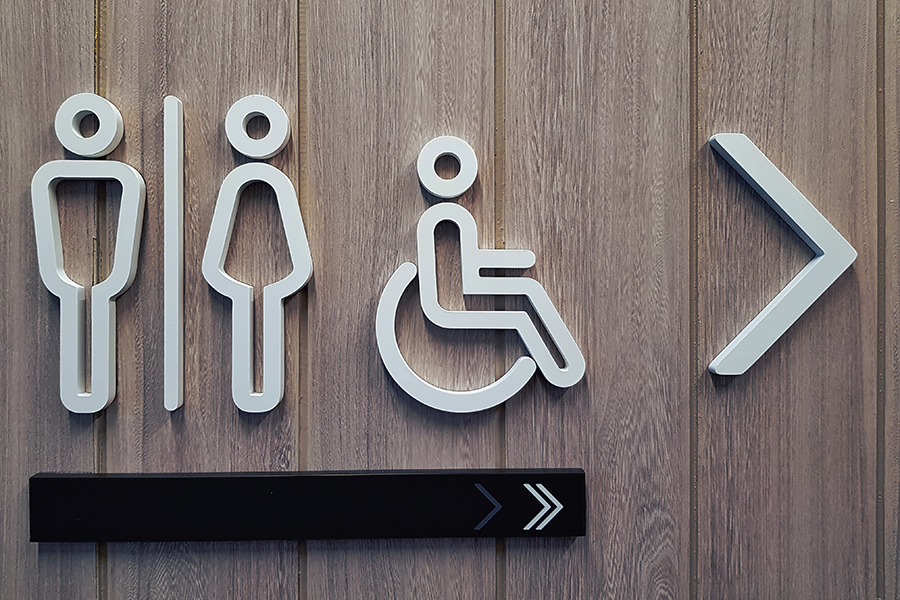
How can I order female Foley catheters? Insurance only covers the minimum and sometimes I need an extra.
Hi Kathleen – You can contact your healthcare provider to discuss the issue and see if there is anyway to provide more through insurance with a medical necessity approval.